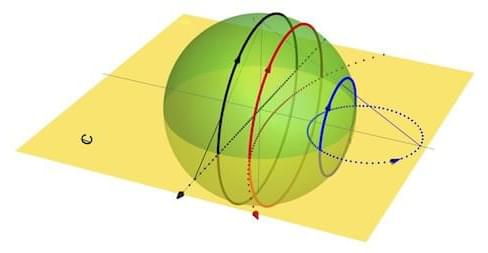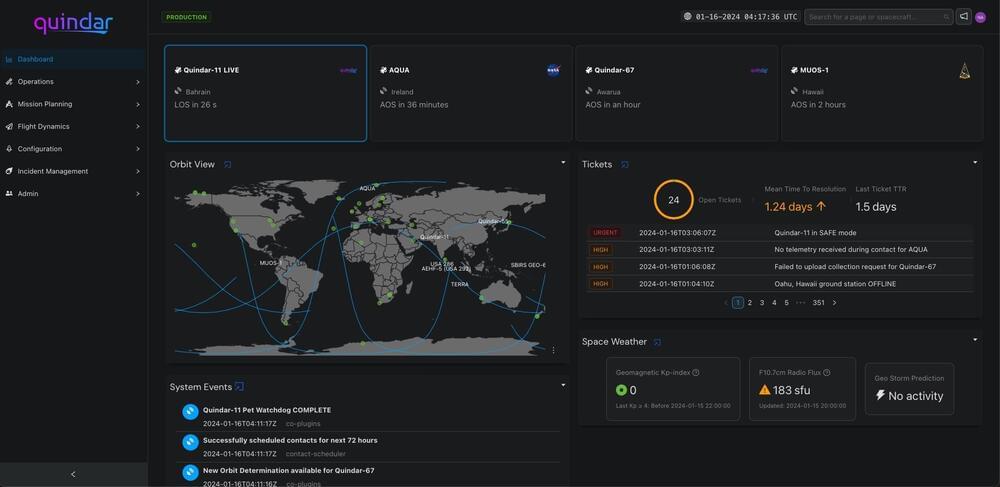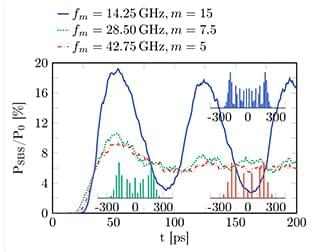Finding and describing new species can be a tricky endeavor. Scientists typically look for distinctive characters that can differentiate one species from another. However, variation is a continuum that is not always easy to quantify. At one extreme, multiple species can look alike even though they are different species—these are known as cryptic species. At the other extreme, a single species can be highly variable, creating an illusion of being different species. But what happens when you encounter both extremes simultaneously?
Herpetologist Dr Chan Kin Onn (previously at the Lee Kong Chian Natural History Museum, Singapore, now with the University of Kansas Biodiversity Institute and Natural History Museum, USA) led a study describing a new species of pit viper from Myanmar that is both similar and different from its sister species. The discovery is published in the open-access journal ZooKeys.









